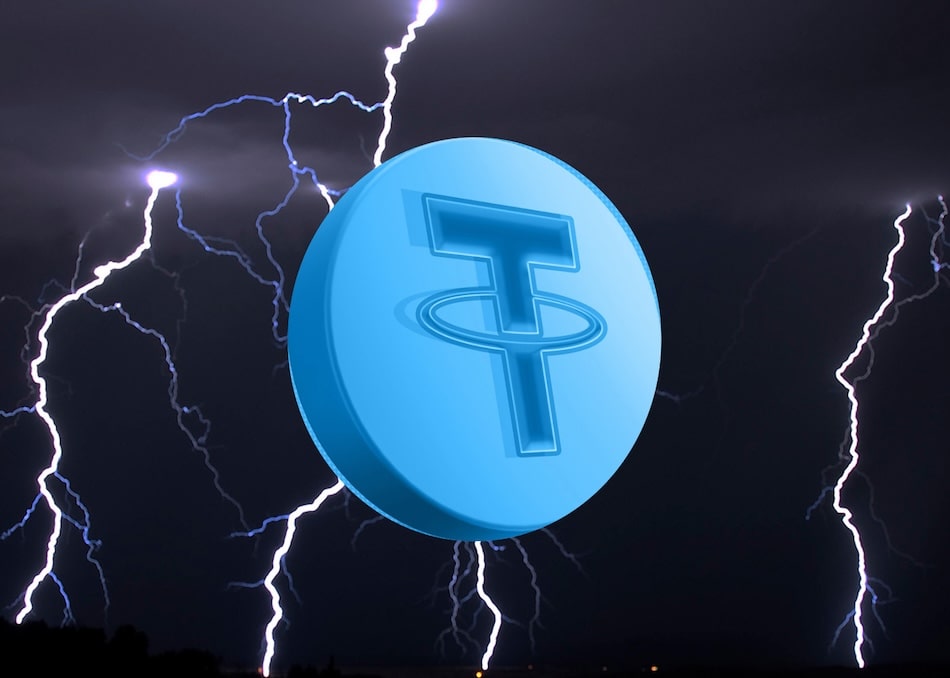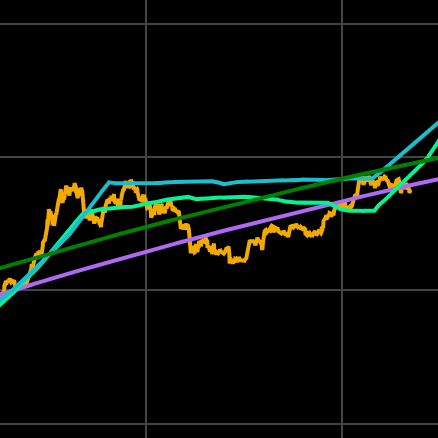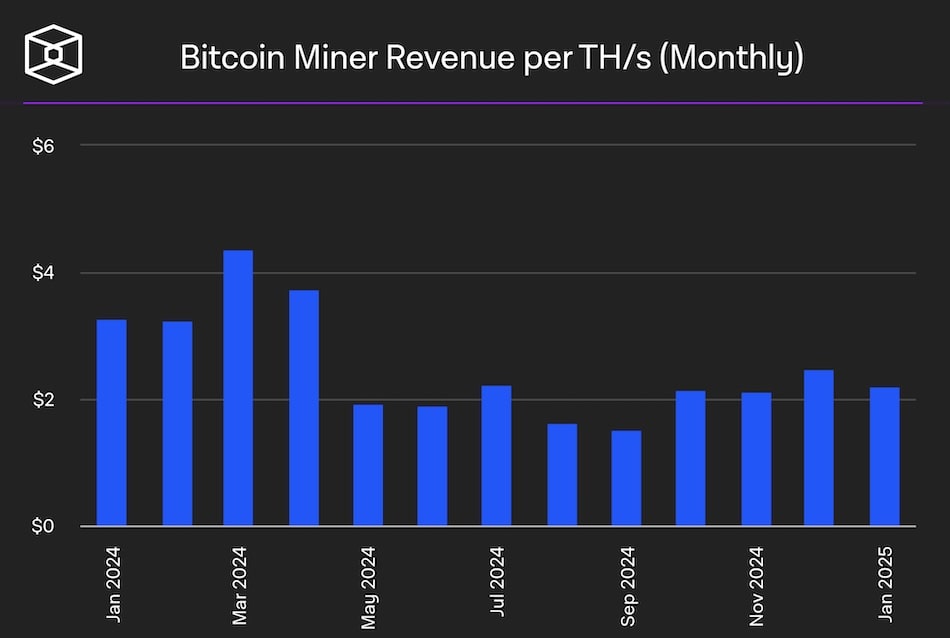
Key Takeaways
- Tether integrated USDT with Bitcoin's Lightning Network for faster payments.
- The integration is powered by the Taproot Assets protocol for scalability.
- Despite EU delistings, Tether secured a license in El Salvador.
Tether, the largest stablecoin issuer, has announced the integration of USDT into Bitcoin’s ecosystem, including its base layer and the Lightning Network.
The move enhances stablecoin transactions by leveraging Bitcoin’s security with Lightning’s efficiency.
Technical implementation
Lightning Labs’ Taproot Assets protocol powers the integration, allowing USDT to function on Bitcoin without compromising decentralization.
This enables new financial applications, including micro-transactions, remittances, and cross-border settlements.
said Elizabeth Stark, CEO of Lightning Labs:
Bringing USDT to Bitcoin combines the security and decentralization of Bitcoin with the speed and scalability of Lightning.
Regulatory landscape
Tether continues its global expansion despite regulatory challenges in the EU and US.
In Europe, the MiCA framework is prompting exchanges to delist USDT, but analysts argue the impact will be minimal, as 80% of USDT trading volume comes from Asia.
Global expansion
Meanwhile, Tether has secured a major license in El Salvador, strengthening its presence in a Bitcoin-friendly jurisdiction.
In contrast, US regulators remain uncertain about stablecoin policies, with Coinbase CEO Brian Armstrong stating the exchange may delist USDT if required by new legislation.




